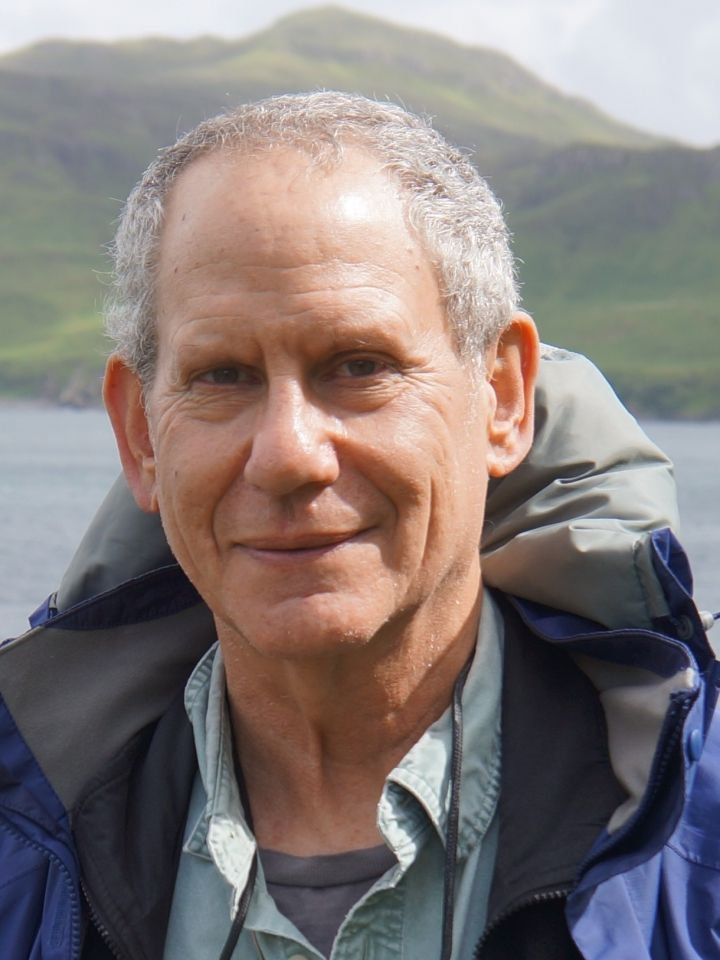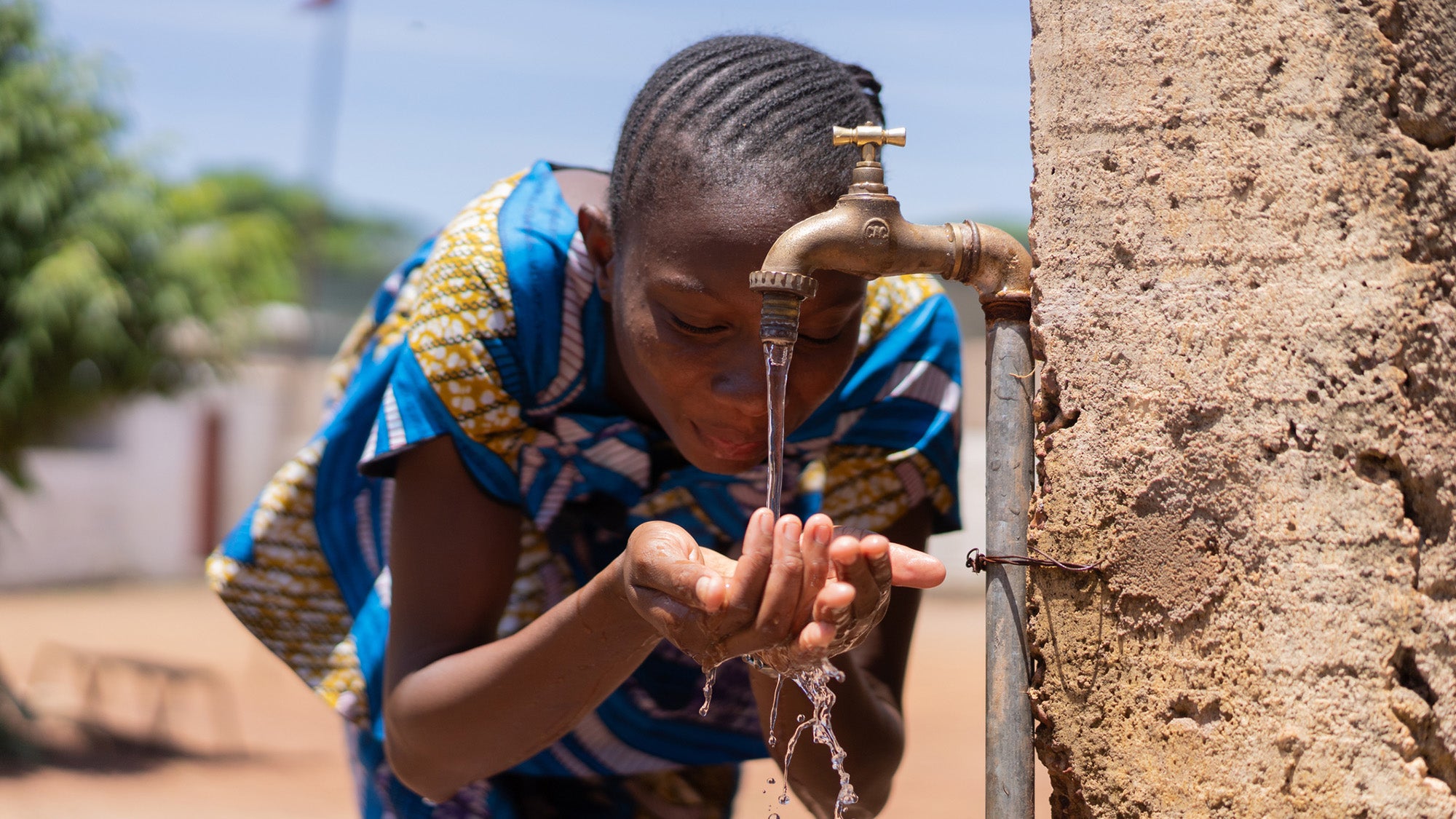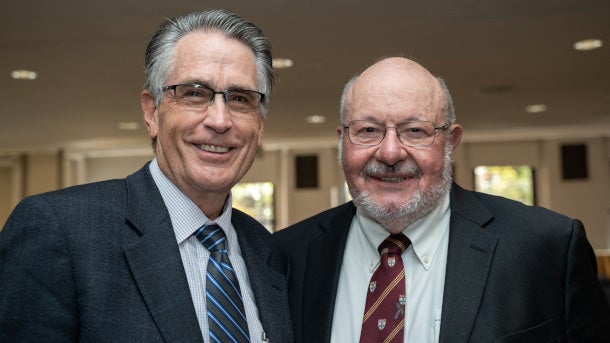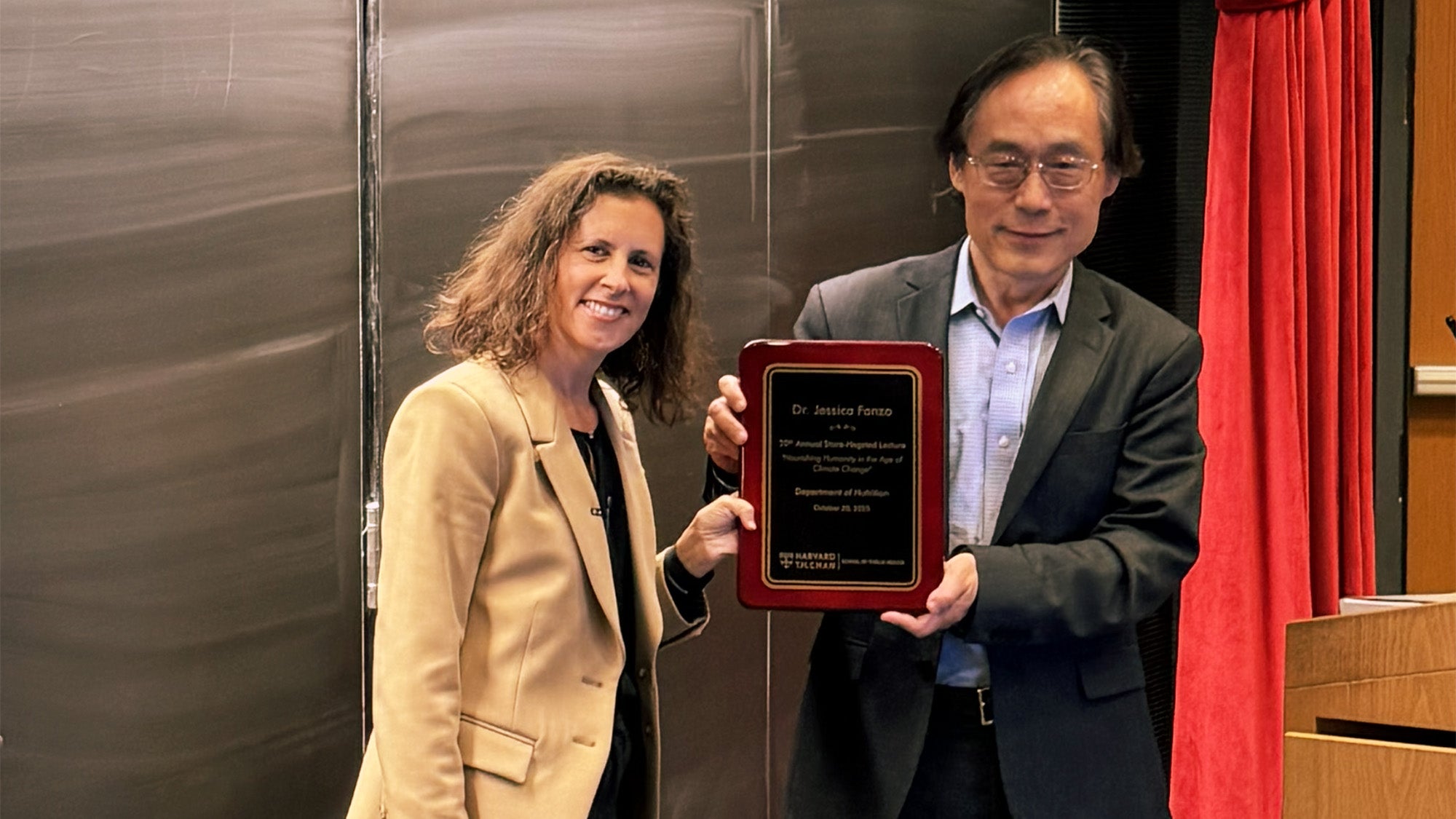NIOSH cuts threaten worker health and safety, say experts
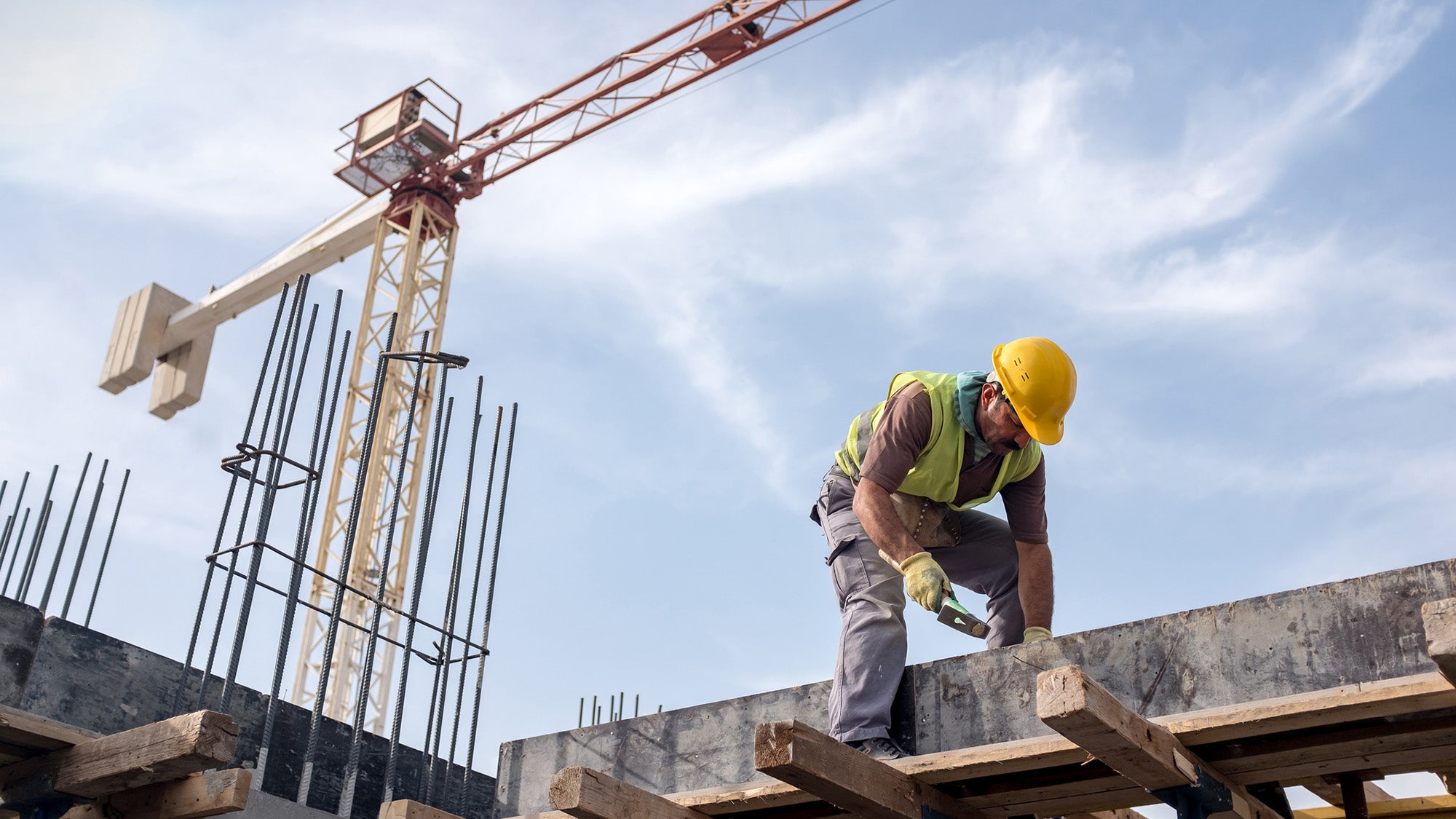
In early April, the Trump administration made extensive cuts at the National Institute for Occupational Safety and Health (NIOSH). The agency—which conducts research on workplace hazards and makes policy recommendations to guard against them—lost more than 90% of its workforce.
In the wake of the cuts, experts at Harvard T.H. Chan School of Public Health fear that workers across the U.S. will be less safe, that research about how to prevent worker illness and injury will slow, and that the pipeline of experts in occupational health and safety will shrink.
David Christiani, Glorian Sorensen, and Gregory Wagner also worry about the potential loss of NIOSH-supported research and educational activities at Harvard Chan School. Cuts to NIOSH funds could reduce the School’s capacity to continue to be a leader in conducting workplace health and safety research, training experts in the field, and providing insights and recommendations to employers and policymakers—all efforts with a focus on prevention.
Support Harvard Chan School
Every gift contributes to our mission of building a world where everyone can thrive. To learn more about how you can support the School, please contact giving@hsph.harvard.edu.
NIOSH is a small but mighty agency, according to Wagner, an adjunct professor of environmental health who previously worked at NIOSH as a senior adviser to the director. It aims to ensure safety in a wide variety of occupations, such as mining, construction, agriculture, firefighting, and among health care, service, and office workers. Examples of programs under the NIOSH umbrella include one that focuses on the health of 9/11 first responders and another that ensures that personal protective equipment is effective against dusts, vapors, fumes, and viruses like COVID-19.
The agency also runs surveillance programs for work-related exposures to substances such as lead, silica dust, and potentially toxic chemicals; looks at how certain work environments might contribute to problems such as asthma and allergies; maintains a national registry for firefighters aimed at understanding and reducing their risk of cancer; and runs a health hazards program that sends teams of experts to investigate workplaces where workers experience health issues with an unknown cause.
In addition, NIOSH funds research on workplace health and safety at centers across the country—including two at Harvard Chan School.
Keeping workers safe, training leaders
Sorensen is research professor of social and behavior sciences and co-director of the Center for Work, Health, & Well-Being, one of 10 such centers across the U.S. that receive funding from NIOSH’s Total Worker Health Program. The Center, established in 2006, conducts research to understand how a broad array of working conditions, such as physical job demands, benefits and pay, work hours, and schedules, may impact worker safety, health, and well-being. Disseminating findings to employers is also a priority. If the Total Worker Health program was cut, “it would threaten this research and the impact it can have on workers’ ability to stay healthy and thrive in their work,” said Sorensen.
Christiani, Elkan Blout Professor of Environmental Genetics, is director of Harvard Chan’s Education and Research Center for Occupational Safety and Health (ERC), one of 18 regional centers supported by NIOSH. The ERC, established in 1977, conducts research and offers professional training in occupational safety and health in areas such as industrial/occupational hygiene, ergonomics, occupational epidemiology, occupational medicine, and more. Trainees at the ERC—master’s and doctoral students—go on to become leaders in occupational health in government, the private sector, academia, nonprofits, and health care. Christiani said that the trainees “are our hope, our future” in occupational health. “And I feel that’s being threatened right now.”
Responding to emergencies
Commenting on the value of NIOSH across the U.S., Wagner noted that the cost of the agency amounts to roughly $2 per U.S. worker per year. “This is chump change,” he said, questioning how gutting the program could lead to greater efficiency.
Wagner cited three emergencies in which the agency’s experts provided crucial expertise. Immediately after 9/11, they helped figure out what kind of protections emergency response workers needed; during the anthrax scare at the Capitol in October 2001, they assessed biologic agents and advised on how to protect people; and during COVID, they helped figure out how to improve ventilation around patients’ beds in order to protect health care workers. “We don’t know what the next emergency is going to be,” said Wagner, “but the country is going to be poorer for not having these dedicated people.”
